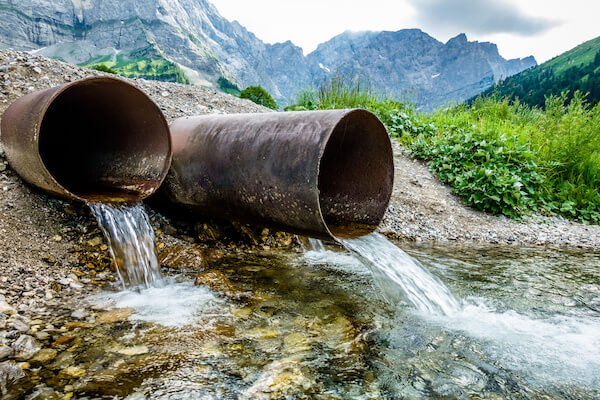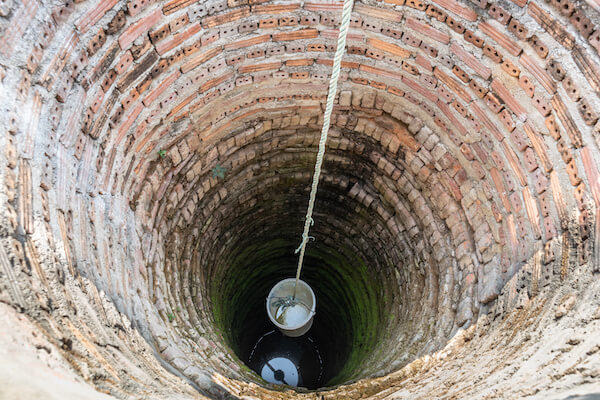What is groundwater?
Groundwater is water that is stored below the earth’s surface. When rain or other sources of water come into contact with the ground, the majority of it travels below the surface. Though much of this moisture is then absorbed by plants or returned to the atmosphere (through infiltration), some water will travel deeper beneath the surface – where it reaches and saturates a rock level. This level is called the water table. Once it reaches this level, the water will slowly flow until it reaches a point of dispersal, such as the sea or a river.
Why is groundwater so important to monitor?
When it comes to monitoring water levels and quality, groundwater testing is incredibly important – and useful. Monitoring groundwater can allow for a wide variety of informative data to be captured, which can be used to record, treat and manage potential pollutants, as well as changing water levels.
Monitoring for pollutants and contaminants in groundwater
Measuring groundwater can be very beneficial for observing pollutants, which may cause harm to plant, human or aquatic life. Sources such as factory runoff, or chemicals used in agriculture for example, can cause massive damage to ecosystems if left untreated. These are often more difficult to spot than in surface level water, due to less obvious visual clues.
Research has highlighted a number of sources which have been observed as contaminants to groundwater, including:
- Agricultural chemicals and fertilizer
- Livestock waste
- Sewage
- Wastewater
Groundwater is used as a main source of drinking water in a number of countries, which highlights the importance of monitoring potential pollutants. In America, there have been a number of examples of high concentrations of elements such as nitrate being found in groundwater, which has lead to fears to both human health and the environment.

Monitoring groundwater levels
By monitoring groundwater levels it is possible to receive data that can help to alert to potential flood or draughts, as well as damage by saltwater intrusion. Observing high or low groundwater levels makes it possible to action any groundwater management that may be required.
Groundwater flooding affects hundreds of thousands of properties in the UK, and tends to occur after prolonged periods of rainfall. As the results of groundwater flooding are likely to be less apparent after rainfall, and more difficult to prevent than surface level flooding, it is important to monitor groundwater levels regularly.

Identifying aquifers
Aquifers are underground layers of water-bearing permeable rock, or materials such as gravel or sand. These can be identified through groundwater monitoring and used as a water source when extracted using a water well. As such, finding these locations can be very useful, particularly in hotter countries.
In some cases around the world, human populations are causing a rapid depletion of aquifers. This can be a serious problem, especially in areas where sources of recharge are limited. Additionally, some freshwater aquifers may draw in surface level contaminants or saltwater intrusion, and in some cases can even be contaminated by arsenic or other dangerous contaminants.
In both identifying and monitoring aquifers, groundwater testing is incredibly useful – and can greatly help with long-term water maintenance and planning.
Assess long-term changes
Groundwater can take extended periods to travel from higher ground to an outlet, and because of this, it can sometimes be difficult to track its path. Long-term groundwater monitoring can provide insight into the effects of global warming and environmental developments, which may greatly impact ecosystems or human life over an extended period.
In summary
We hope we have helped to highlight some of the key reasons as to why groundwater monitoring is so important. To find out more, and to see tools which are suited to groundwater monitoring, see our product page.

